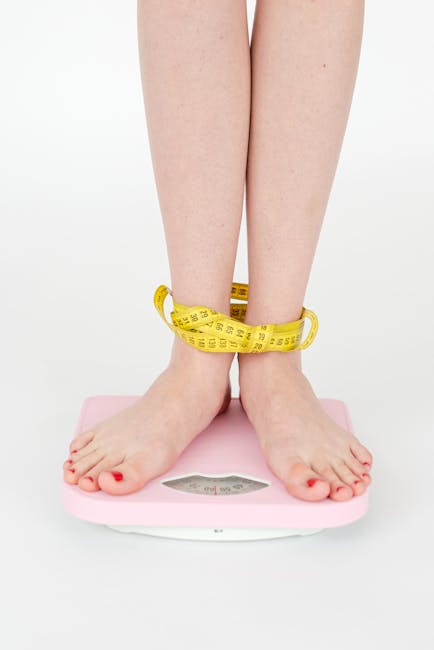https://www.youtube.com/embed/aVopZWdE0y0
- Intermittent fasting
is a really healthy way to boost your energy,
achieve mental clarity, and enhance focus and lose weight. Today I wanna share with you a simple way to build your intermittent
fasting meal plan, the foods you should include and some epic recipes
to help you get started. In this video, I am not going
to explain the keto diet or talk about net carbs. I'm going to cut to the chase
and share the foods I include in my intermittent fasting meal plan. Because they are fresh, they
add variety and nutrition. If this is your first time here, welcome. I'm Laura, also known around these parts as the internet mom that
will teach you how to cook for yourself and for your family. And I've practiced
intermittent fasting for more than eight years with the help of medical professionals
for different reasons.
I've also written about it extensively on my website and publications,
and I have a free download for you below this video
that includes this food list. I used to build my recipes and a link to the Intermittent
Fasting for Beginners ebook. Now why is meal planning important when intermittent fasting? Well, like anything you want to achieve, having a written plan will set you up for success for the week.
Plus, the plan translates
into a shopping list so you know which foods to
have on hand for the week. When you have healthy foods available, you can eat better and
stick to your goals. A meal plan does not
have to be complicated and you do not need a different recipe for every meal of the week. That's overwhelming. As you can see in my meal plan,
I keep things really simple by focusing on two or
three recipes per meal. So one breakfast I prep
for a couple of days. I can cook dinner once and
turn that into a few lunches. During your fasting window,
you abstain from eating and stick to drinking water
and zero calorie drinks like tea and black coffee. During your eating window,
whether it's a six hour, eight hour or a 10 hour eating window, you can eat as many or
as few meals as you like. Depending on your lifestyle,
you may be a bigger meal person or more of a healthy, smaller meals throughout the day person. This is 100% a personal preference. There's really no right
or wrong way of doing it.
Now I like to focus on the following of foods when I build my
meal plant for the week. Lean proteins, fruits and vegetables, carbohydrates and healthy fats. Some lean protein sources are
chicken, pork, beef, beans and legumes, dairy, eggs,
fish and shellfish and tofu. Eating lean protein keeps
you feeling full longer and it helps you maintain or build muscle. When it comes to fruit, I like
to keep things very colorful so I get the most vitamins, phytonutrients antioxidants and fiber. Some of fresh fruits to consider
are apples, all berries, cherries, peaches, plums,
and melons, fresh or frozen.

Both are acceptable. Cup for cup, vegetables are some of the most micronutrient
rich foods you can consume. The bonus is that they are relatively
low in net carbohydrates. They are low in calories and
they help keep things moving. Whether you buy fresh or frozen vegetables, it doesn't matter. And some of my favorites are carrots, broccoli, tomatoes,
cauliflower, green beans, Brussels sprouts, kale, spinach,
leafy greens, and cabbage. Now the great thing about veggies is that they bulk up any meal with volume without consuming
large amount of calories.
Now, carbohydrates are
not a guilty pleasure. They are a necessity. Your body depends on them
to function properly. Even if you're following a
lower carb diet, you need them. While fruits and veggies
are sources of carbohydrates you'll want to add other carbs
for both nutrition and fuel especially if you are working out. Some great carbohydrates
to consider are potatoes and sweet potatoes, oats, rice, ancient grains like quinoa
and other whole grains. The other element I make sure
my meal plan also includes are healthy sources of fat. Fats are essential to incorporate into a varied diet because
they help absorb many of the vitamins and minerals
the other foods provide. This is where the term
fat soluble comes from. Some good ones to add our
avocados, nuts and seeds, coconut or MCT oil,
butter or ghee, egg yolks, salmon, sardines, olive oil,
avocado oil for example.
Now it goes without
saying that you'll want to avoid as many processed foods as possible. If your goal is to incorporate
intermittent fasting into a healthy and varied diet. These can include packaged
snacks, cookies, candy, sugary drinks, alcoholic
drinks, sugary cereals, and sweetened coffees and teas. They are not forbidden,
but making them the norm is not going to support
your healthy eating style. So if you look at my
seven day meal plan here which by the way, I'm gonna include a link to it below this video,
there is both a lot of variety of ingredients
and colorful foods. Now one of my favorite ways of breaking my fast besides a cup of bulletproof coffee is
with my breakfast salad. I use leftover roasted vegetables on a bed of lettuce and I top it with a fried egg. So, so good. Another delicious recipe you
can meal prep are mini quiches. My Mediterranean chicken
bowls are pretty epic and I know you're gonna love them.
I'm gonna leave links below this video for you with some great
recipes to build your meal plan and I hope to see you again. I share a couple of new
recipes a few times a week. See you next time. (upbeat music).

